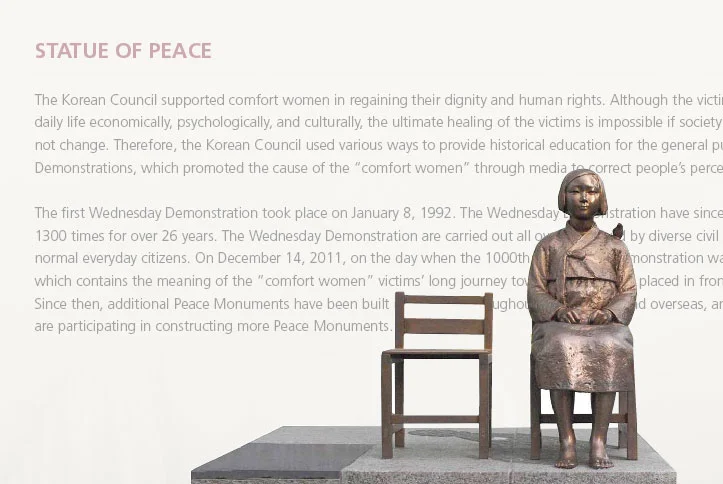Exhibit
1880s-1940s
EARLY IMMIGRATION PERIOD
The Early Immigration Period exhibit displays the period of 1880s-1940s, beginning with the photograph of King Kojong’s Special Delegation, who made a courtesy visit to the United States, and the original copy of the newspaper article that reported its visit. The history of Phillip Jaisohn (Jae-pil Suh), who became the first Korean-American citizen in 1890, and the labor emigrants to Hawaii, who took the first step of U.S. immigration on the Gaelic from Chemulpo in 1903, are exhibited. The records of the political movement in the U.S. by the Korean refugees, who fled from Japanese domination over the Chosun Dynasty, and the cultural activities of Korean students are exhibited as well.
Learn More >
1940s-1960s
INTERMEDIATE IMMIGRATION PERIOD
The Intermediate Immigration Period exhibit presents the records of Embassy of the Republic of Korea established in Washington and General Consular Office in New York was opened on the 80th street in Manhattan when South Korea won its independence and established its government. This exhibit also displays the Korean War orphans’ emigration to the United States and the Korean Students Association in New York’s creation of the first professional organizations, such as the Korean American Association in New York. In addition, this period saw a rise in the family immigration as a result of the 1965 Immigration Act.
Learn More >
1970s-1990s
MASS IMMIGRATION PERIOD
The Mass Immigration Period composed of immigrants dreaming the American Dream. About 1,228,427 Koreans settled in the U.S. through becoming involved in various fields such as politics, society and economy. The exhibit displays the first generation’s continuous interest in and love for their homeland. In order to maintain and spread the traditional Korean culture, Korean-Americans held Korean parades and festivals such as Chuseok festival and in times of struggles of their homeland, they actively held fundraising campaigns. In addition, the exhibit also presents the formation of Korean-American community in New York and New Jersey and their active political and economic activities.
Learn More >
2000s-Present
CONTEMPORARY PERIOD
Since 2000s, there has been a marked change in the immigration patterns from the past. Family immigration is gradually decreasing. It is a period of change and change of generations in which foreign students are settled and occupational migrants of high-skilled workforce are increased. In addition, the active activities of 1.5 and 2 year olds in each field are making changes in generation change possible. The interest of K-pop in Korea causes the globalization of K pop, and Korean food is entering into the desire of globalization with Korean culture.
Learn More >
STATUE OF PEACE
The “Statue of Peace” sculpture displays a young Korean girl with short hair dressed in hanbok sitting on a chair. This sculpture signifies the heartbreaking history of the comfort women while Korea was under the Japanese rule. The Statue of Peace, a joint work by Kim Seo-kyung and Kim Eun-sung, includes a chair on the left side of the 4-foot statue of the girl. The empty chair is open for anyone to sit on and recall the pains of the comfort women. In addition, on the left of the empty chair, there is a section containing text written by Guilin Ok, a victim of the comfort women of the Japanese military, and an article on why this structure was erected. On the bottom of the statue is a shadowy dark stone in the shape of a profile of a grandmother, which symbolizes the current situation of the comfort women victims and the incomplete state of the problem.
Learn More >
KOREAN FOLK ART
This exhibit emulates the guest rooms of Chosun Dynasty with antique goods, antique furniture and small items such as bamboo painting, open étagère, tables, drawers, and chests. Jae Rok Lee and Sandra Pyun S. Lee have generously donated the collections in the Korean Folk Art exhibit. They have collected over 110 items for 38 years through auctions around the U.S.





